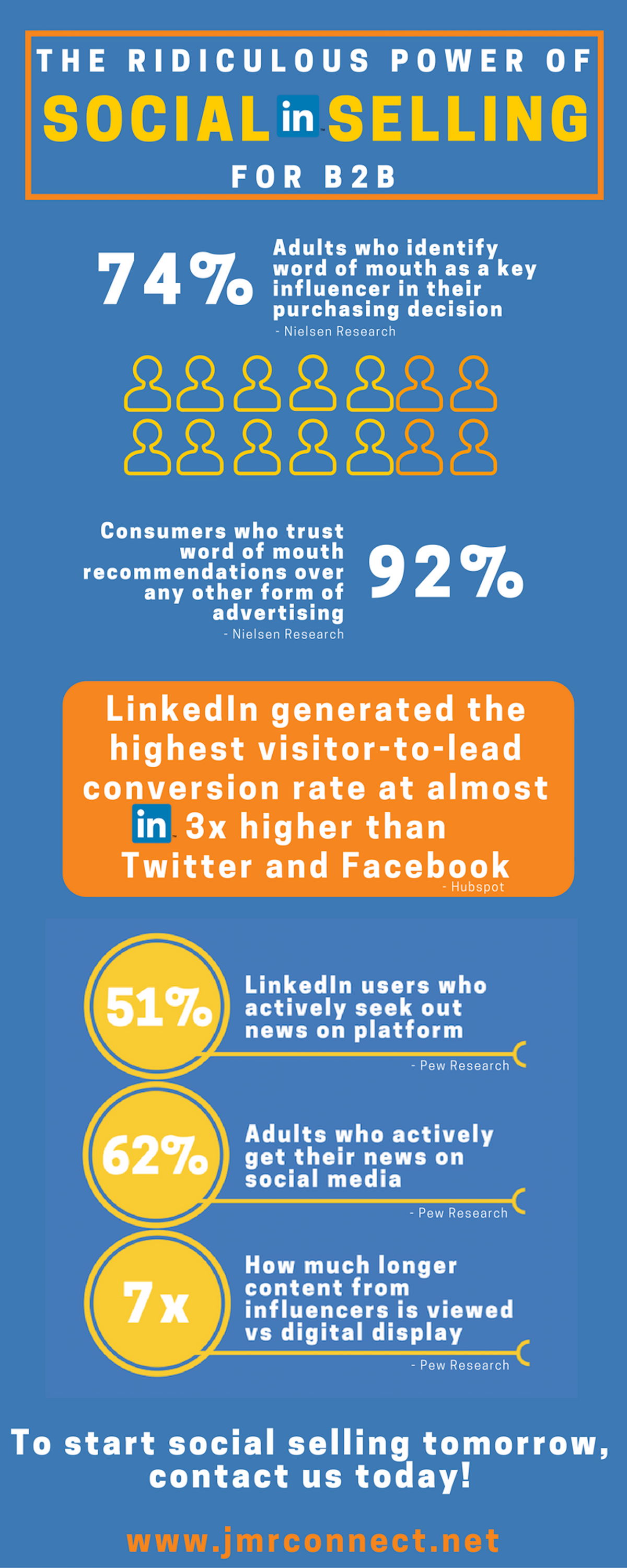How to Measure the Value of Your PR Investments
Public relations teams have faced the same problem for years.
You know that your unique combination of media relations, social media tactics, employee relations, crisis management, and community relations deliver value to your organization. If they didn’t, the PR industry wouldn’t be set to generate $17 billion in 2019.
But 82% of marketers say they have no way to evaluate the return they receive from PR investments. At a time when business leaders demand more effective measurement across every aspect of your organization, this just won’t be acceptable.
Every modern PR strategy must now include a holistic approach to measurement—one that quantifies all of your results so you can communicate value to key stakeholders.
The Framework for PR Measurement
Back in 2010, the PR industry rallied around its measurement challenges and came up with the Barcelona Principles—a framework to effectively measure PR results. What started as an explanation of what not to do when measuring media relations evolved in 2015 into a more holistic framework.
If you’re struggling to quantify PR, the Barcelona Principles 2.0 gives you a good starting point. It’s a collection of 7 guidelines that include:
- Goal Setting and Measurement: Whether it’s a single campaign or ongoing efforts, you can’t effectively measure PR without first setting goals. Understanding the current state of your target audience and how you want your PR initiatives to change it will help you make both quantitative and qualitative measurements. Determine which metrics you want to track and plan to measure them across paid, earned, shared, and owned channels.
- Measuring Outcomes, Not Just Outputs: Communicating value to stakeholders means understanding how your initiatives shifted awareness, comprehension, attitude, employee engagement, consumer advocacy, brand equity, etc. Wherever possible, use quantitative methods to measure these outcomes.
- Assessing Impact on Organizational Performance: For internal communications, use models that correlate your outputs to key organizational metrics that are aligned with stakeholders. Survey research can be effective for quantifying the effects of your communications activities among employees.
- Combining Qualitative and Quantitative Methods: It’s not enough to just count the number of media mentions or social media impressions you get. You need to account for impressions among your target audience, quality of coverage, share of voice, consumer sentiment, and more.
- Going Beyond Advertising Value Equivalents: AVEs tell you the cost of media space, but fail to convey the value of media content, earned media, and your communications. Focus on comparing AVE to your negotiated advertising rates, quality of coverage, and pass-along values.
- Tracking Social Media Consistently: Vanity metrics such as likes, followers, page views, and impressions seem valuable, but don’t provide substance for stakeholders. You need to tie engagement metrics and quality of conversations to web analytics, CRM data, survey data, and other PR initiatives to get a more complete view of social media effectiveness.
- Maintaining Transparency and Validity: Public relations must adhere to ethical standards and follow valid methods for measurement. Maintaining integrity and honesty in all aspects of your PR activities can improve your ability to communicate value to stakeholders. This applies to the sources of your content, analysis methodology, and how you conduct primary research to measure PR initiatives.
These guidelines have helped PR pros elevate from a traditional focus on press clippings to a more holistic, 360 approach to measurement. It’s an opportunity to prove that your PR activities are effective investments for your business.
But even with this framework, there’s another challenge with PR measurement. Studies show that 56% of PR pros struggle to determine exactly which metrics they should be using to communicate value. This is where strategic help comes into play.
How to Create a Public Relations Measurement Strategy
The Barcelona Principles aren’t effective for PR measurement on their own. They must be applied to a PR strategy that’s been designed to achieve the best results with your target audience. Today, the best way to bridge the gap between PR strategy and measurement is to focus on a 360 approach that covers:
- Social Media: Your PR activities must connect, engage, and influence those within your target audience. But your measurement strategy has to go a step further, showing stakeholders the results of content amplification, share rates, user participation, multi-channel effectiveness, and more.
- Sentiment Analysis: Diving deeper into engagement metrics is the only way to understand whether your activities are having positive or negative results. Social media mentions might be higher than ever—but if they’re all negative because of a recent crisis, you don’t want to take those stats to your stakeholders. Sentiment analysis lets you analyze what customers are saying about your business so you can make more informed decisions about your PR investments.
- Share of Voice: You can’t measure PR activities in a vacuum. Your ability to measure the exposure your brand is getting compared to competitors is essential for communicating value to stakeholders. Even if you’re driving positive results, share of voice analysis can help you refine your strategy and optimize performance.
- Attribution: With so many channels to manage, you can’t be satisfied with general increases in web visitors. Stakeholders need to know the root cause of your success, which is why attribution is so important. Being able to see exactly where visitors come from can give you a better idea of where to invest your PR budget and show stakeholders that you’re focused on aligning with their needs.
PR measurement isn’t easy. There are many moving parts and new channels seem to emerge every day.
However, the right combination of strategy and measurement tools can make it easier to prove that PR investments are valuable to your business.
That’s where we can help at JMRConnect. Contact us today to learn about Shaping Influence®, our trademarked influencer communications-based approach to Public Relations and how we deliver both results and the means to measurer those results.
